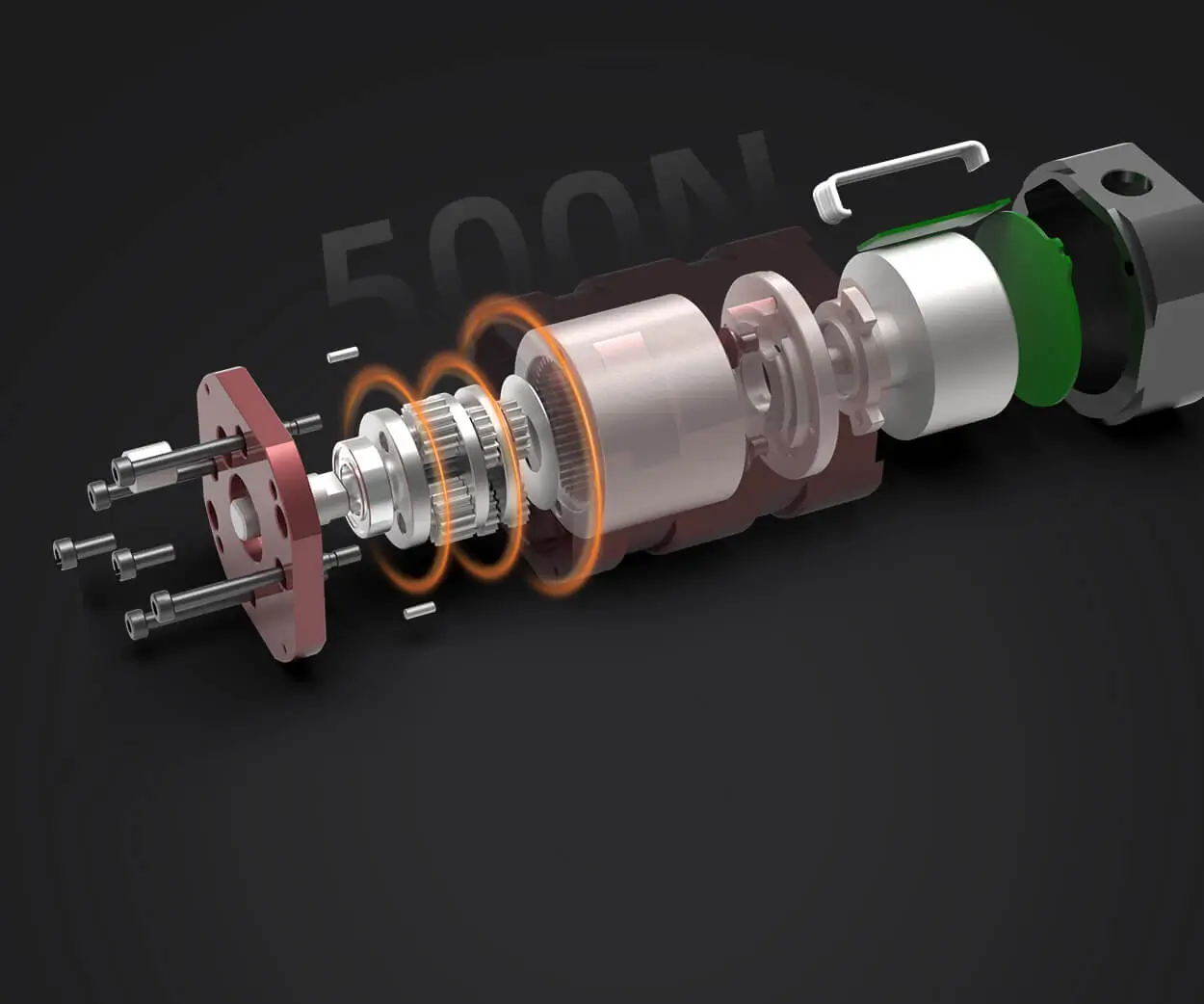When it comes to testing software systems, one of the most debated topics is whether to go with monolithic or microservices architecture. Let’s break it down, and maybe it’ll help you make a more informed choice.

Picture this: you’re managing a large application that has grown and evolved over time. You’re faced with two paths: the solid, stable monolith or the flexible, distributed microservices. Which is better for testing? Well, it’s not a one-size-fits-all answer.
Monoliths: A Single Unit
Monolithic applications are like that classic, well-structured, large building—everything under one roof. The great thing about monolithic testing is that, since all the components are tightly connected, testing tends to be more straightforward. You test the entire application at once. No need to deal with communication between separate services, which can sometimes be a nightmare in more complex setups.
But there’s a catch: as the application grows, the tests can get slow and difficult to maintain. When the app’s features change, suddenly all tests have to be updated. And when you deploy an update, the risk is that a change in one part of the system might break something else entirely, since everything is connected.
Still, if you’re working with a smaller or less complex system, the monolithic approach might be more efficient for you. It keeps things contained and manageable.
Microservices: The Flexible Approach
Now, let’s talk about microservices. Think of these as tiny, independent services that handle one specific job each. They communicate with each other but run separately. Testing microservices sounds exciting because each service can be tested independently. When you need to test a single service, you focus on just that part of the system. No need to worry about a cascade of issues from unrelated parts.
However, the challenge with microservices testing lies in the complexity. Since you’re dealing with so many different services, keeping track of all of them, ensuring they work together as a whole, and running tests in an efficient way can get tricky. You might need to test how services interact with each other, and this can sometimes lead to difficult-to-reproduce errors in live systems.
The beauty of microservices lies in their flexibility. Want to update one service without disturbing the whole app? Go ahead. Want to test only the payment processing without worrying about inventory? Easy.
Which One to Choose?
At the end of the day, it depends on your project’s needs. Monolithic testing can be quicker and simpler when everything’s tightly coupled. But when your system gets larger, or you need flexibility and scalability, microservices might be the way to go.
A balanced approach often works best. You don’t always need to go all-in on microservices or stick to a monolithic structure forever. Think about what fits your company’s workflow and the size of your team.
If you’re still unsure about which approach is best for you, consider what works best for your business goals and development timeline. Having clear communication and understanding across all teams involved in testing, regardless of your architecture, is what will set you up for success in the long run.
Established in 2005, Kpower has been dedicated to a professional compact motion unit manufacturer, headquartered in Dongguan, Guangdong Province, China. Leveraging innovations in modular drive technology, Kpower integrates high-performance motors, precision reducers, and multi-protocol control systems to provide efficient and customized smart drive system solutions. Kpower has delivered professional drive system solutions to over 500 enterprise clients globally with products covering various fields such as Smart Home Systems, Automatic Electronics, Robotics, Precision Agriculture, Drones, and Industrial Automation.




































